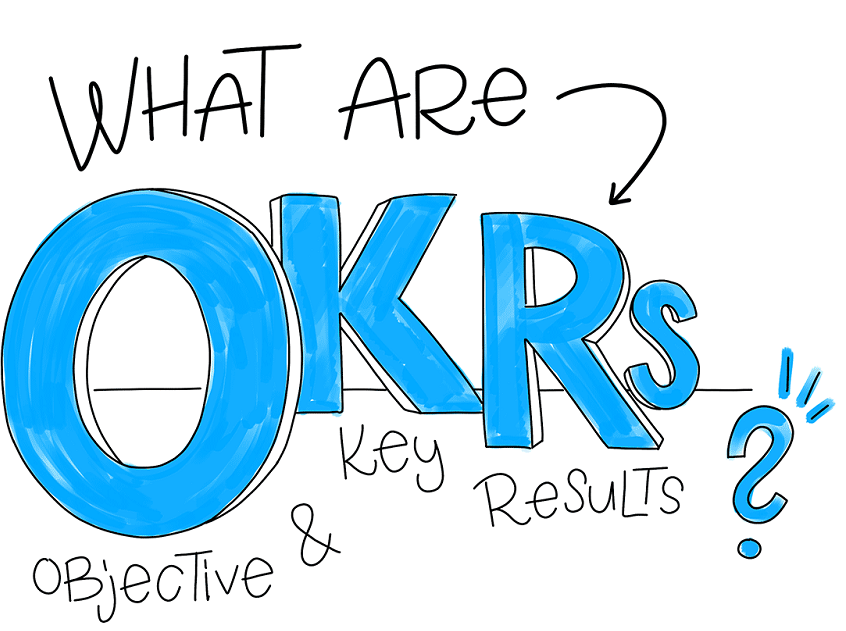
The OKR means Objectives and Key Results, a framework used to create alignment on the objectives and results to be achieved, both at company and team level, up to the individual. Today, many companies, including Google, Spotify, Facebook, Uber, Airbnb, to name a few, use this framework as part of their business processes. Unfortunately, OKR method is not as widespread as it deserves.
What is OKR (Objectives and Key Results)
The OKRs are the ideal approach for companies that work with agile methodologies. By their nature, OKRs allow for a faster target setting cycle, generally every quarter.
In this method of alignment, the objectives are the “place”, or ambition, that one wants to achieve, the results are the direction to follow. The results are not targets to be hit, but aspirations that can be more or less large. The OKRs are applicable in various contexts and work very well as a growth framework for the individual or the organization.
If you noticed, I never compared the word “evaluation” to OKR. The OKRs, in fact, are nothing more than an alignment method. The person and the team are never rewarded based on the results achieved and penalized for those not reached. The OKRs are the compass that leads to the results and not a means to define the bonuses.
In this context, it is normal for the individual to be predisposed to raise the famous stick and set even more goals that are ambitious.
How OKRs work
Take the case of a Scrum team. At the beginning of each quarter, the entire team meets together with its manager (Line Manager / Development Manager); the person, for instance, who manages the growth and personal development of each individual.
We start by identifying at most 5 Objectives, no more, otherwise we risk being dispersed. For each objective, the team identifies at most 5 Key Results. The objectives are qualitative, the quantitative results and therefore measurable. In principle, if you are not able to assign a number for each result, perhaps it is not even worth considering it.
It is also possible to add an optional column with the initiative to be adopted in order to achieve the desired result, with an indication of who is responsible for promoting it (owner).
Conclusion
At this point, it will be clear to you how the OKRs are different from the traditional methods of evaluation based on Management by Objectives. They are a means that helps us to define increasingly ambitious goals, and at first it is not easy to enter this perspective.
In the case of a Scrum team, the use of OKRs can lead to the achievement of goals that did not even seem possible. Furthermore, the verification of OKRs is a time to realign with priorities and learn together from successes but also from failures.
The OKRs are in fact an important communication and alignment tool. However, it is essential that they are not used only by a single team, but by the entire organization. Even better if the OKRs of a team have dependencies with other teams, so as to promote the achievement of shared goals and break the silos where it is too often easy to take refuge.
